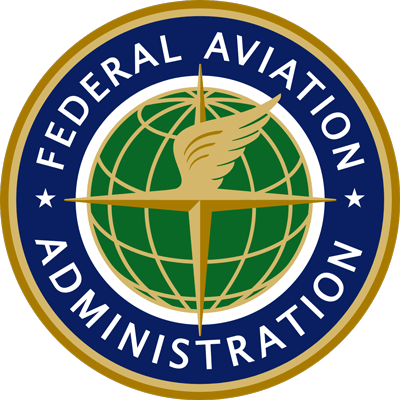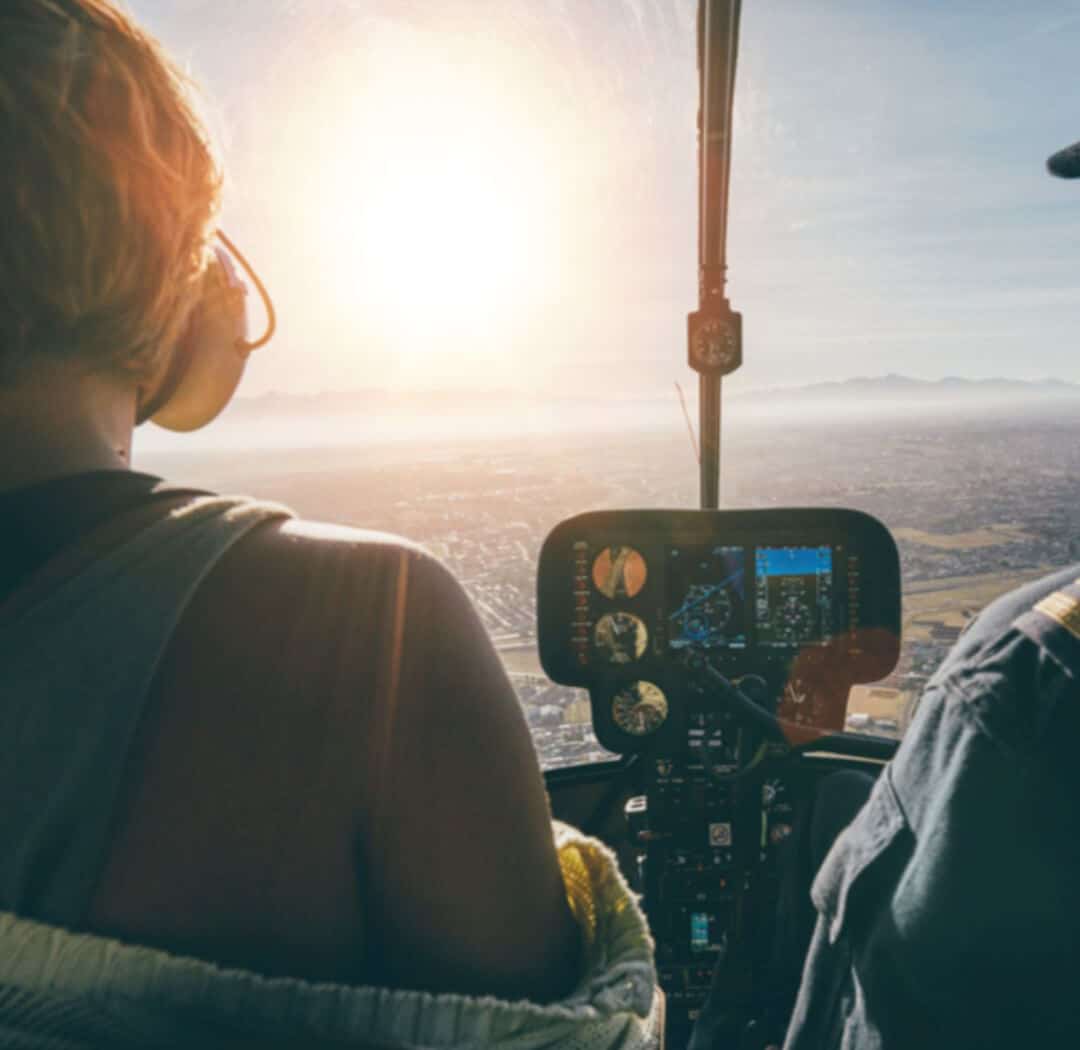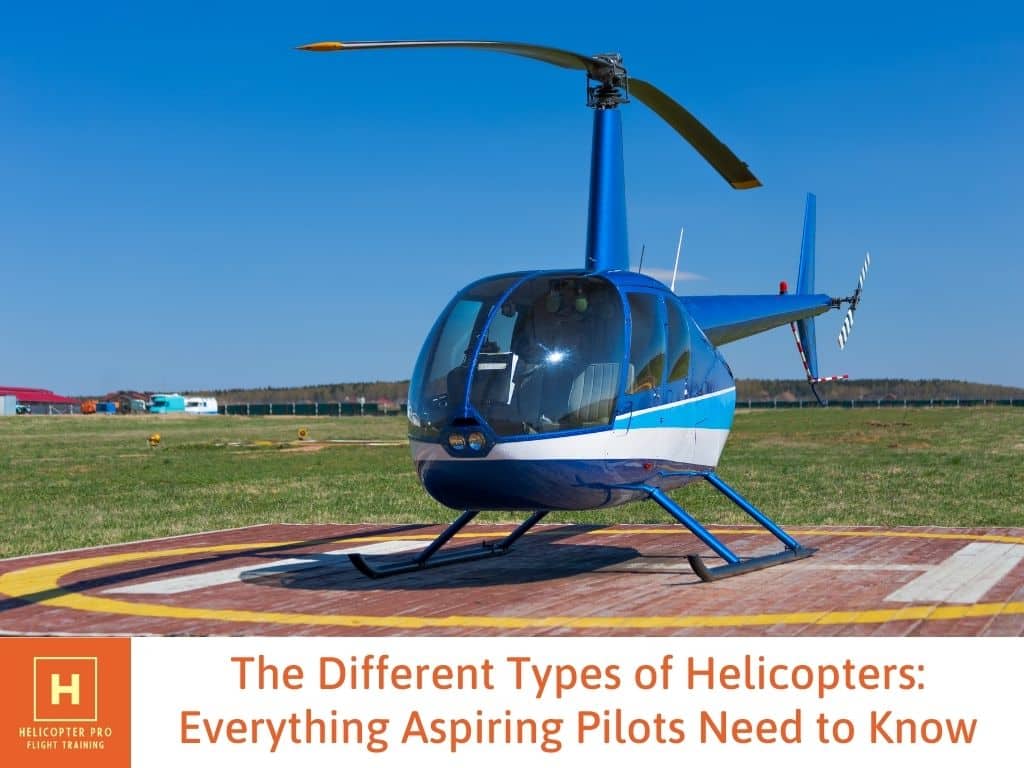- 1. Develop a Pre-Departure Checklist
- 2. Adhere to Flight Regulations
- 3. Don’t Take Risks in Questionable Weather
- 4. Avoid Complacency
- 5. Practice Emergency Procedures Regularly
- 6. Don’t Cruise Too Low
- 7. Maintain Your Helicopter Regularly
- 8. Know Your Limits
- 9. Get Professional Training
- Ready to Learn?
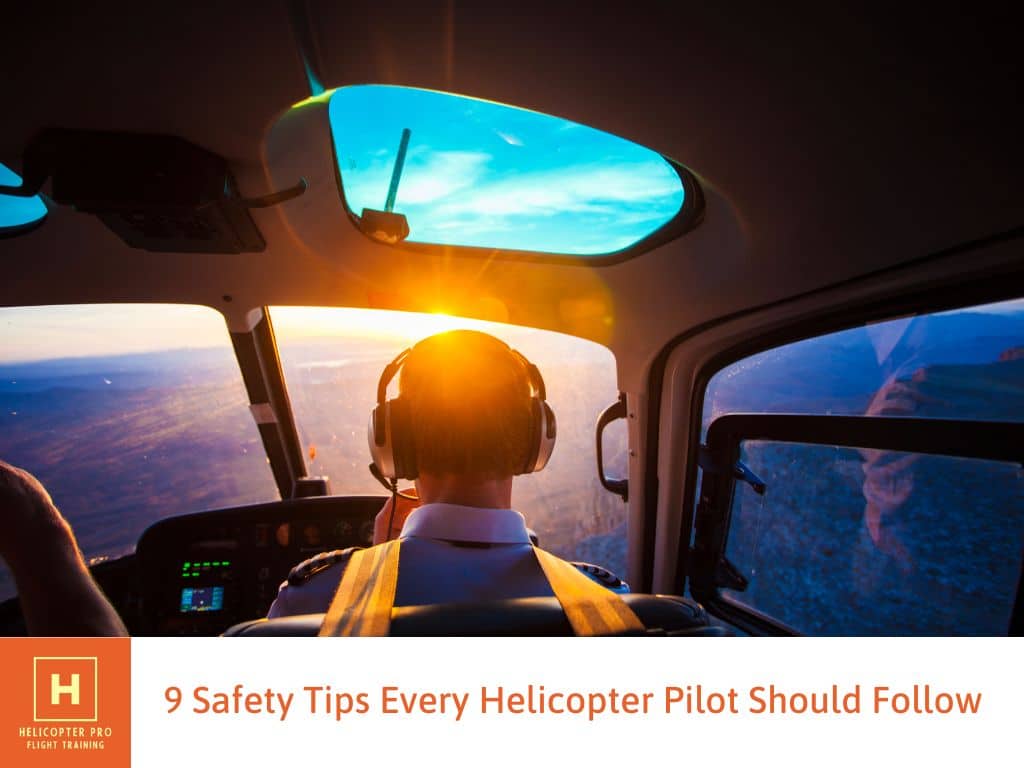
Being a helicopter pilot offers a unique sense of freedom, an unparalleled perspective on the world, and the opportunity for a rewarding career.
However, flying a helicopter also comes with great responsibility, and safety should be the pilot’s highest priority. The stakes are high, and even the smallest oversight can lead to serious consequences for the pilot, their passengers, and those near the flight path.
To ensure the utmost safety, here are nine tips that every helicopter pilot should follow:
1. Develop a Pre-Departure Checklist
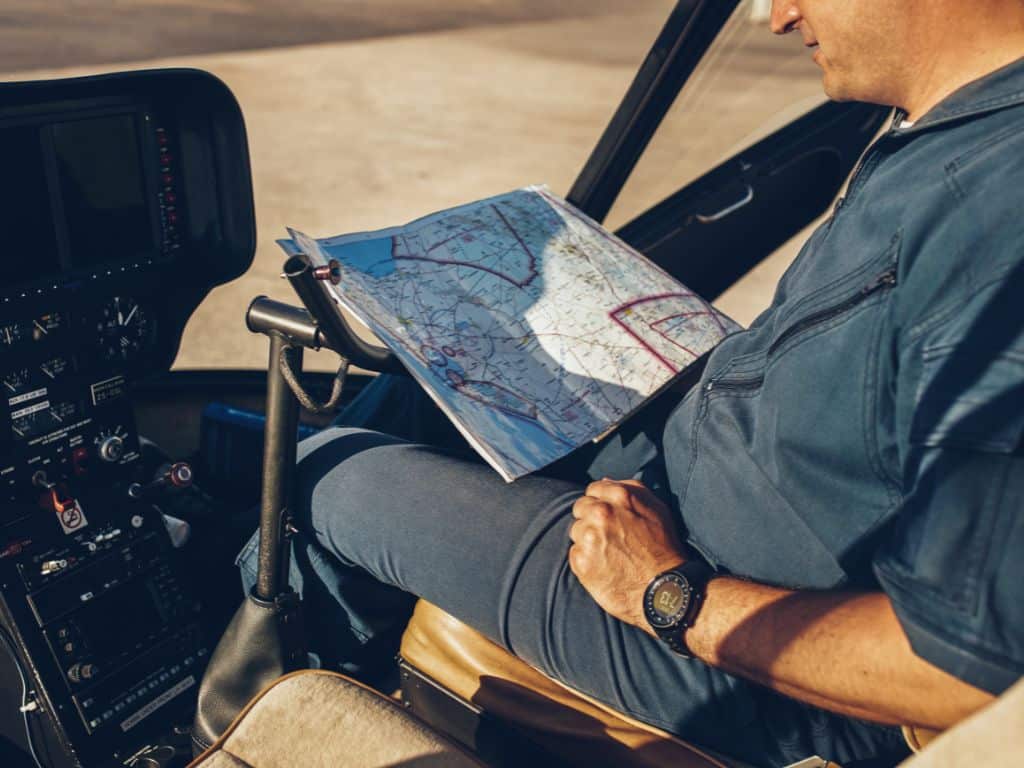
Perhaps the most important tip for safe helicopter flying is to develop a pre-departure checklist before each flight. A thorough pre-departure list can help you stay on top of your safety responsibilities and check the various parts of the aircraft before take-off.
The checklist should include items such as:
- Checking fuel levels.
- Looking for signs of wear and tear.
- Performing a walk-around inspection.
- Ensuring that all necessary documents are on board.
It’s also important to regularly review and update your pre-departure checklist. As you gain more experience, you may discover new items that should be added or find that some things are no longer necessary.
Regularly reviewing and updating your checklist ensures that it remains current and that you take all necessary precautions before each flight.
2. Adhere to Flight Regulations
As a pilot, you are responsible for ensuring you are familiar with all local and federal helicopter regulations. For instance, you are expected to know flight patterns, altitudes, weather conditions, and aircraft maintenance standards.
This also includes filing a flight plan with air traffic control if you’re flying in controlled airspace and obtaining any necessary permits or clearances if you intend to fly in restricted airspace.
Failure to do so could put yourself, your passengers, and other individuals on the ground in danger.
3. Don’t Take Risks in Questionable Weather
As a helicopter pilot, it is essential to remember that the weather can be unpredictable. Helicopters are particularly sensitive to wind gusts, thunderstorms, and other hazardous weather conditions.
You should never fly a helicopter in less-than-ideal weather conditions, even if you feel confident enough to do so. The weather can put you in a dangerous situation if you don’t stay vigilant.
Every experienced pilot understands that the risk is simply not worth it. Always err on the side of caution while flying in situations that are known to be hazardous. Remember that safety should always be your top priority.
4. Avoid Complacency
Complacency is one of the biggest dangers for any pilot, no matter how experienced or skilled.
You should always be aware of your surroundings, including the weather conditions, the aircraft’s performance, and the status of your flight plan. This will help you stay alert, aware of any potential hazards, and react quickly and appropriately if something unexpected happens.
You should also take regular breaks and avoid becoming overly tired. Fatigue can lead to decreased awareness and reaction time, which can be dangerous when flying.
5. Practice Emergency Procedures Regularly
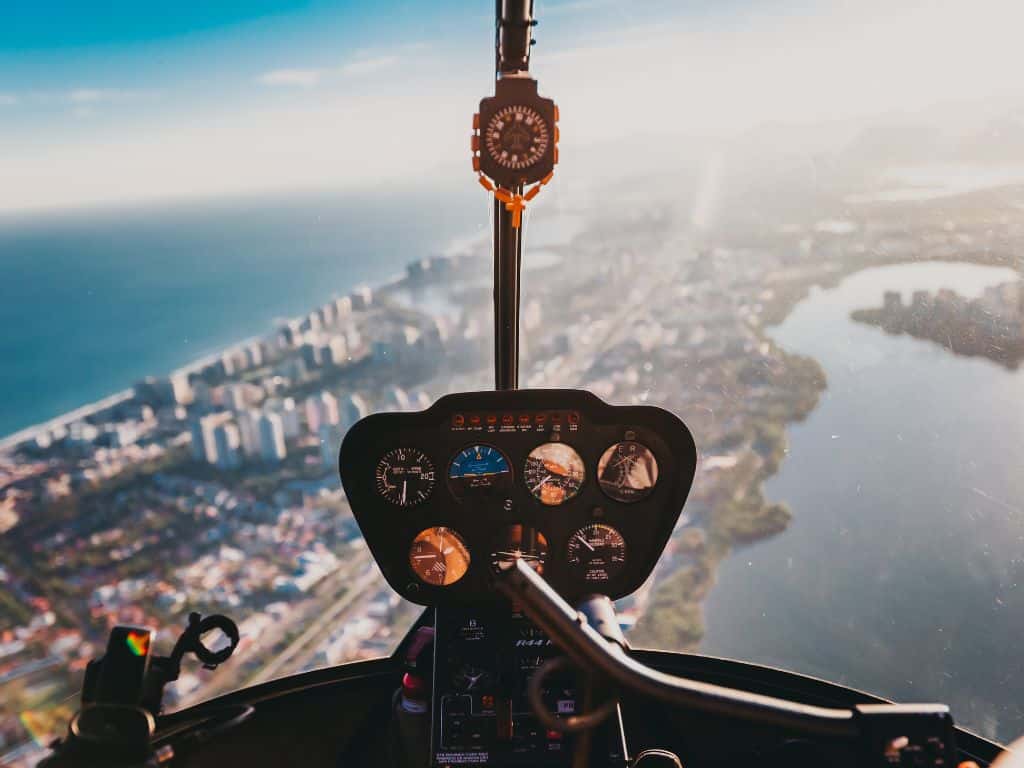
Emergencies can happen at any time, and it is essential to be prepared to handle them properly. Familiarize yourself with the various emergency procedures for your aircraft and practice them often. Emergency procedures should include those for engine failures, systems failures, emergency landings, and other critical scenarios.
You should also get familiarized with the emergency equipment on board and know how to use it. This includes items such as fire extinguishers, life rafts, first-aid kits, and other safety gear.
Finally, ensure your passengers are well-informed and aware of the emergency protocols. Knowing what to do in the event of an emergency will reduce the stress and shock during a crisis.
6. Don’t Cruise Too Low
Helicopters can fly at lower altitudes than other aircraft, but it’s essential to follow safe flying regulations regarding cruising altitudes.
According to the Federal Aviation Administration (FAA), the minimum altitude at which an aircraft can safely fly is 500 feet above the highest obstacle within a horizontal radius of 2,000 feet from the aircraft. Over congested areas, the distance is greater.
It’s safest to fly at a higher altitude whenever possible, as this gives you more room to maneuver in an emergency if necessary. Flying at higher altitudes allows you to avoid obstacles such as power lines, buildings, and other hazards.
7. Maintain Your Helicopter Regularly
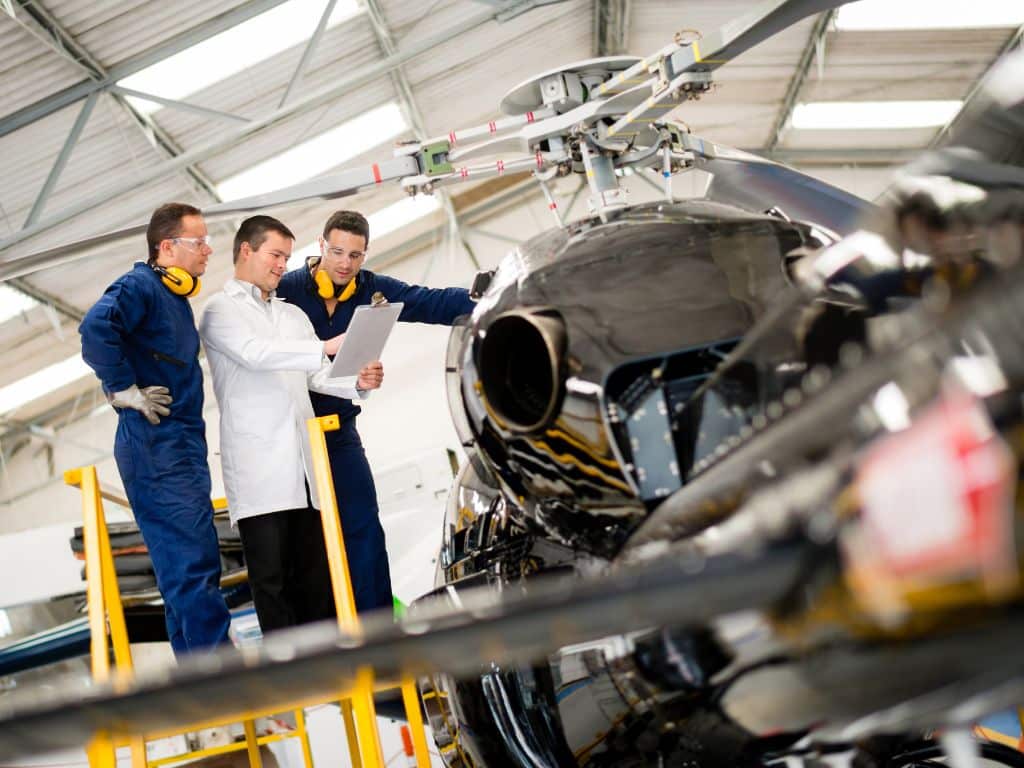
It is essential to make sure that your helicopter is in top shape before each flight.
This means inspecting the various parts of your aircraft regularly and keeping all mechanical components in good working order.
This includes:
- Verifying all required maintenance has been properly performed
- Inspecting the exterior and interior of the aircraft
- Performing routine maintenance such as oil changes and filter replacements
Keeping accurate and up-to-date records of all maintenance and inspections is also essential. This will provide you with a clear picture of the aircraft’s history and help you to identify any potential issues before they become serious problems. FAA regulations also require regular maintenance; failing this can lead to penalties and fines.
8. Know Your Limits
Know your limits before you get in the cockpit.
This means being aware of your capabilities and limitations as a pilot and not pushing yourself beyond what you can do—being honest with yourself and taking breaks when needed is essential.
You should also familiarize yourself with the capabilities and limitations of your aircraft and operate it within those parameters. This includes understanding the aircraft’s performance characteristics, such as its maximum speed, range, service ceiling, and the weather conditions in which it can safely fly.
9. Get Professional Training
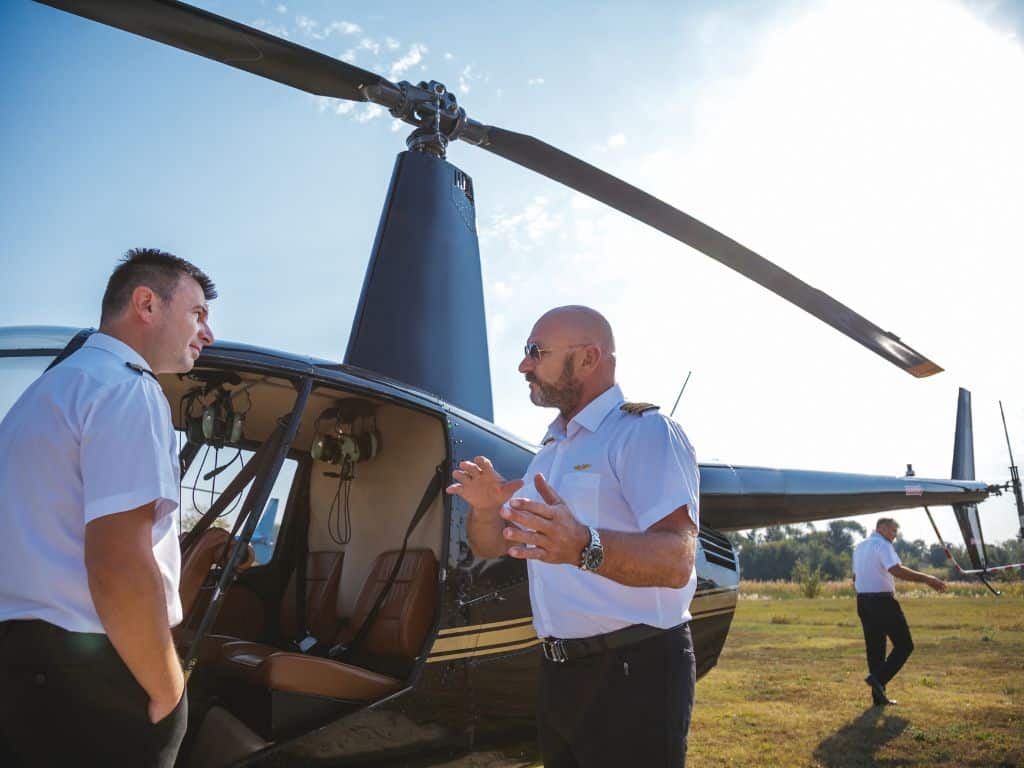
A salient point to consider for safe helicopter flying is always being eager to learn more and getting helicopter flight training from experts. This hones your skills and makes you a better pilot. Even experienced pilots can benefit from ongoing training and education.
The aviation industry is constantly evolving, and pilots need to stay current regarding regulations and new safety procedures. Several professional aviation training courses are available and are invaluable resources for any helicopter pilot.
Ready to Learn?
Helicopter Pro in Sarasota, Fl. can help you become a better helicopter pilot. Our programs are suited for novice pilots or professionals who want to take their skills to the next level.
With our programs and expert instruction, you can safely and confidently take to the skies as a professional helicopter pilot. Contact us today to learn more about our flight training services!

